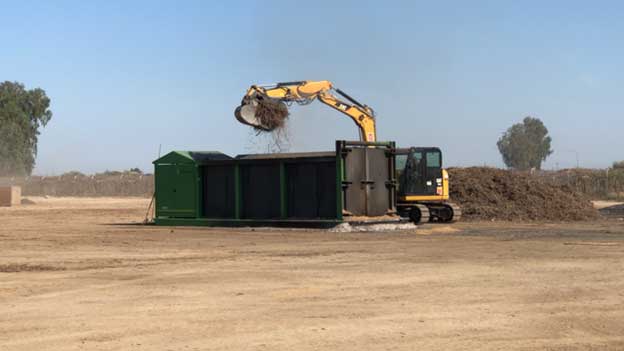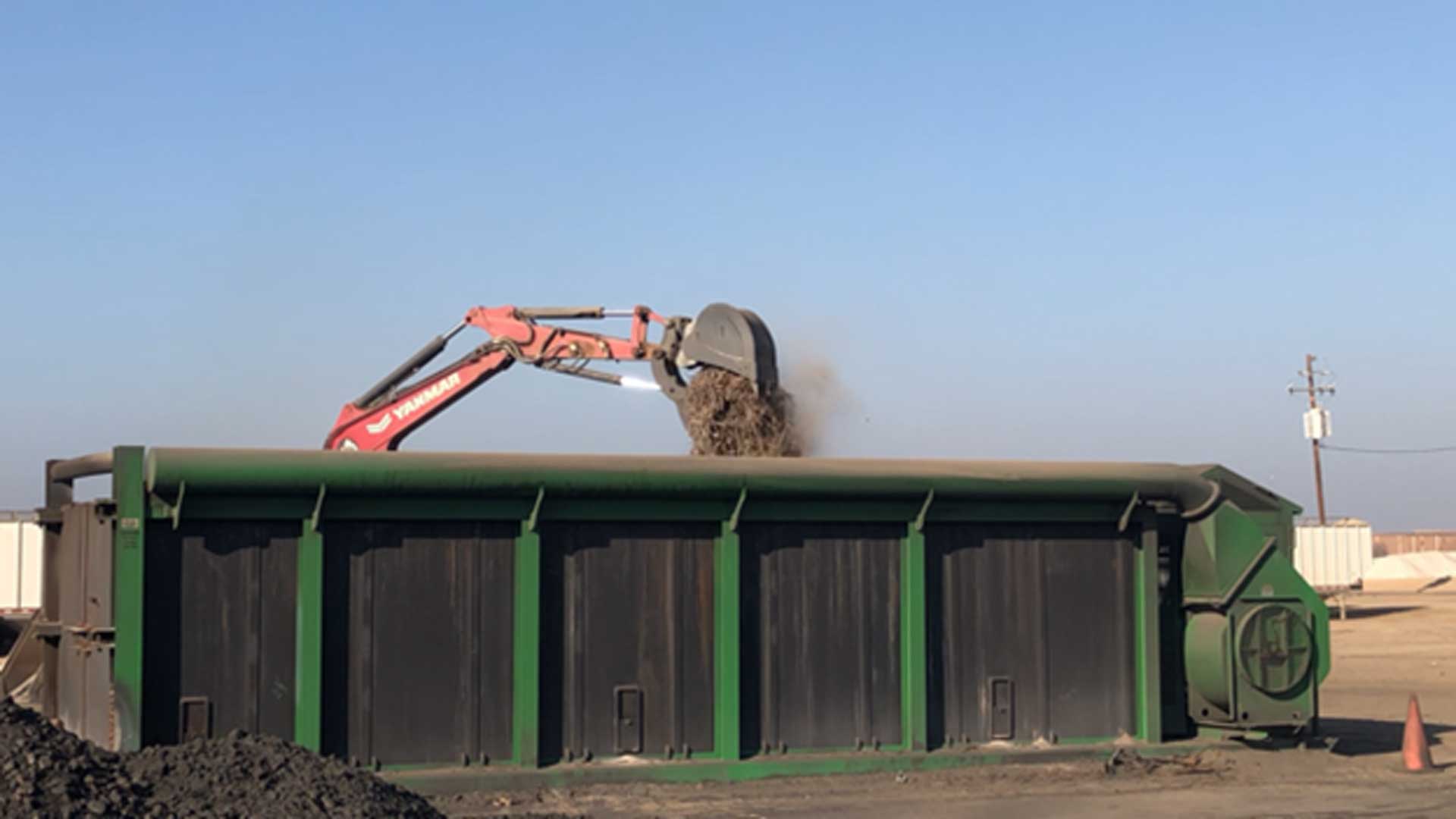
As biomass plants continue to close and air pollution control districts move to completely phase out ag burning, the tree nut industry is faced with a major crisis: What do we do with all this biomass? From sticks at the almond huller that have been removed from the incoming field-run almonds, to the annual prunings, and the once-in-a-blue-moon orchard removal, there is a distinct need to dispose of this biomass.
For years, biomass plants solved our problem by taking hundreds of thousands of tons of biomass per year and turning it into electricity. But it is a costly process and one that is fading away to become all but a distant memory. Many have thought new technology, including pyrolysis to create electricity or biochar, or renewable fuels production like renewable diesel or cellulosic ethanol, would be the ticket to solve these problems. But regulatory red tape and substantial capital cost have dramatically impacted the implementation of such technologies, at least for now.
Throughout this crisis, there has been one solution that has surfaced that seems to have worked very well and has conquered the regulatory concerns for the time being. That solution is the air curtain burner. Introduced to California as one method of helping get rid of the millions of dead trees in the state’s forests, the air curtain burner has been around for several years. After having seen one operate in the Sierra National Forest in 2016, the Western Agricultural Processors Association (WAPA) worked with an almond huller to permit the first air curtain burner at an almond huller in January 2017. Since that time, WAPA has obtained permits for six more air curtain burners at almond hullers in the San Joaquin Valley.
The curtain burner is a very simple device that amounts to a heavy duty burn box with a fan utilized to blow a curtain of air over the top of the flames to bring the smoke back into the combustion zone, thereby eliminating any smoke and minimizing emissions by creating a very efficient combustion zone. The hullers seem pleased with their use and ability to churn through the massive piles of sticks brought in from the orchards at least until other potential solutions can be developed and implemented.

Permitting Requirements
Responding to requests from the orchards, WAPA worked with the San Joaquin Valley Air Pollution Control District to modify Rule 2280—Portable Equipment Registration to include the use of air curtain burners. There are restrictions and limitations on the use of the air curtain burners used for this purpose, but it does not require obtaining a permit once the device has been registered. These limitations include not operating within 1,000 feet of a school, burning a maximum of 100 tons per day of biomass materials, only burning approved biomass materials and meeting specific emissions and opacity restrictions.
Operations that wish to utilize the air curtain burner technology must first go through the permitting process with their local air district. This procedure requires that applicants identify the type of material they would like to burn as well as propose a location for the air burner to be placed onsite. Additionally, applicants must also submit the necessary paperwork for the equipment to be permitted under the Environmental Protection Agency’s (EPA) Title V permit process. This permitting framework creates additional requirements for applicant facilities to maintain in order to stay in compliance with the overall regulation.
Air burners undergo significant evaluation to ensure that the boxes will not cause an adverse impact to the communities and areas around the huller within the Title V permit framework. With this evaluation comes strict monitoring, reporting and inspection requirements to be conducted by the huller staff designated within the permitting process. Air burner owners are only allowed to operate the equipment during specified hours of the day (typically normal business operating timeframes) and the air district does not allow continuous operation of the burner. Along with the operating timeline limitations, the permit holder is required to maintain daily throughput logs during those allowed hours. These logs must be kept onsite and maintained throughout the operating period as the air district could inspect the equipment and all required logs that pertain to the equipment.
Within the first six months of issuance of the permits to operate, the equipment must undergo a visual opacity test as specified under the EPA’s Method 9 testing requirements. This testing requires a certified inspector to evaluate emissions from the unit during a 30-minute cold-start period as well as three one-hour visual inspections to determine the average opacity readings throughout the use of the equipment. The inspector will develop and submit a finalized report, which will conclude passage and continued use of the equipment or identify a violation during the operation of the equipment and requires owners to make the necessary changes and retest the equipment.
Additional reporting requirements include permit holders being required to complete and submit two additional reports to the air district on a six-month timeline from when the permit was issued. Permit holders must complete a Report of Required Monitoring (RRM) that details any permit deviation or mechanical failure that occurred in the six months preceding permit issuance. Permit holders must then submit an Annual Compliance Certification form that details all Title V and air district permit conditions as well as any deviation from those conditions. WAPA has been able to assist regularly in ensuring a permit holder maintains compliance with all of the reporting and documentation requirements. With those completed and verified for compliance purposes, permit holders can run their air burners as allowed under their permits.
The permitting requirements that we have laid out may seem daunting, and we completely understand. This equipment requires substantial information in order to be permitted at your site. WAPA understands that and has worked with the local air district and EPA to ensure that its membership that currently hold air curtain burner permits maintain compliance and are able to continue operating the equipment.










